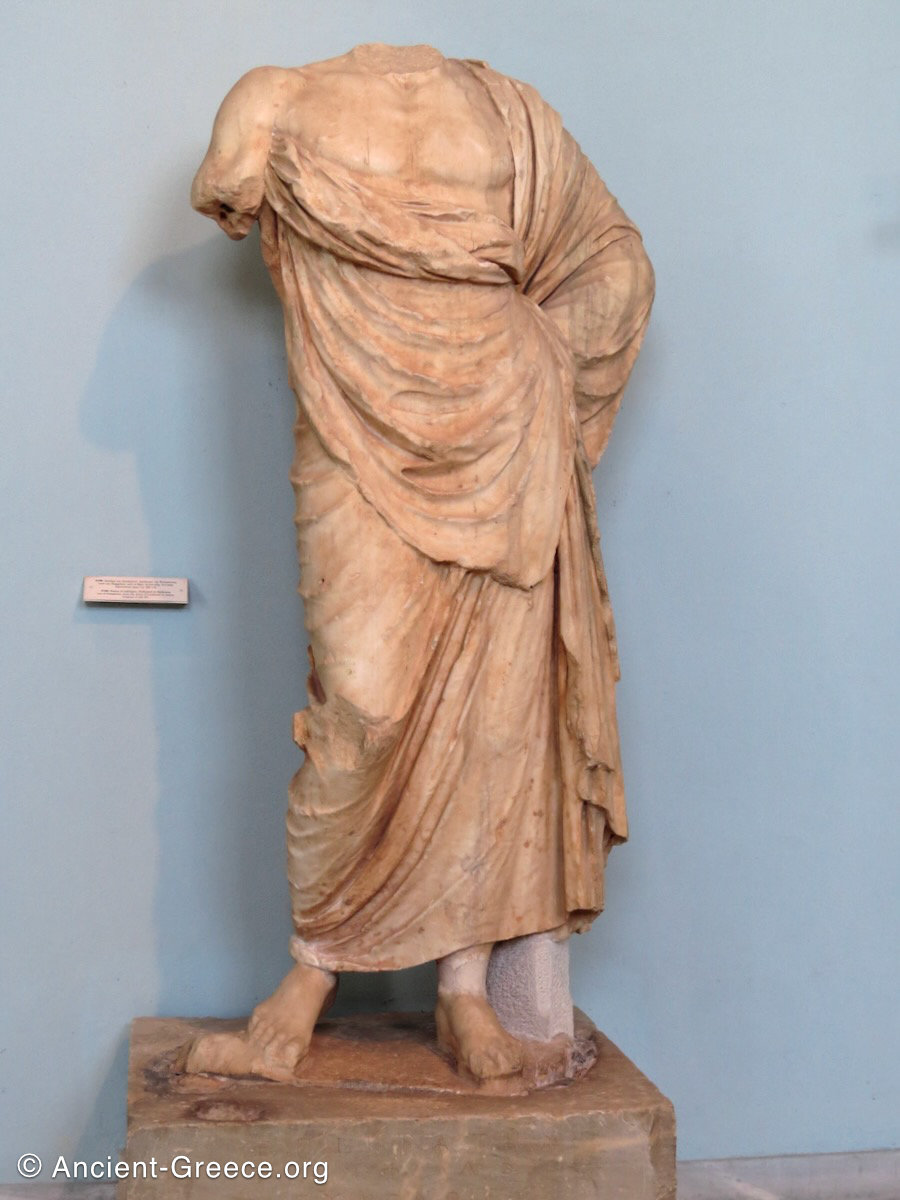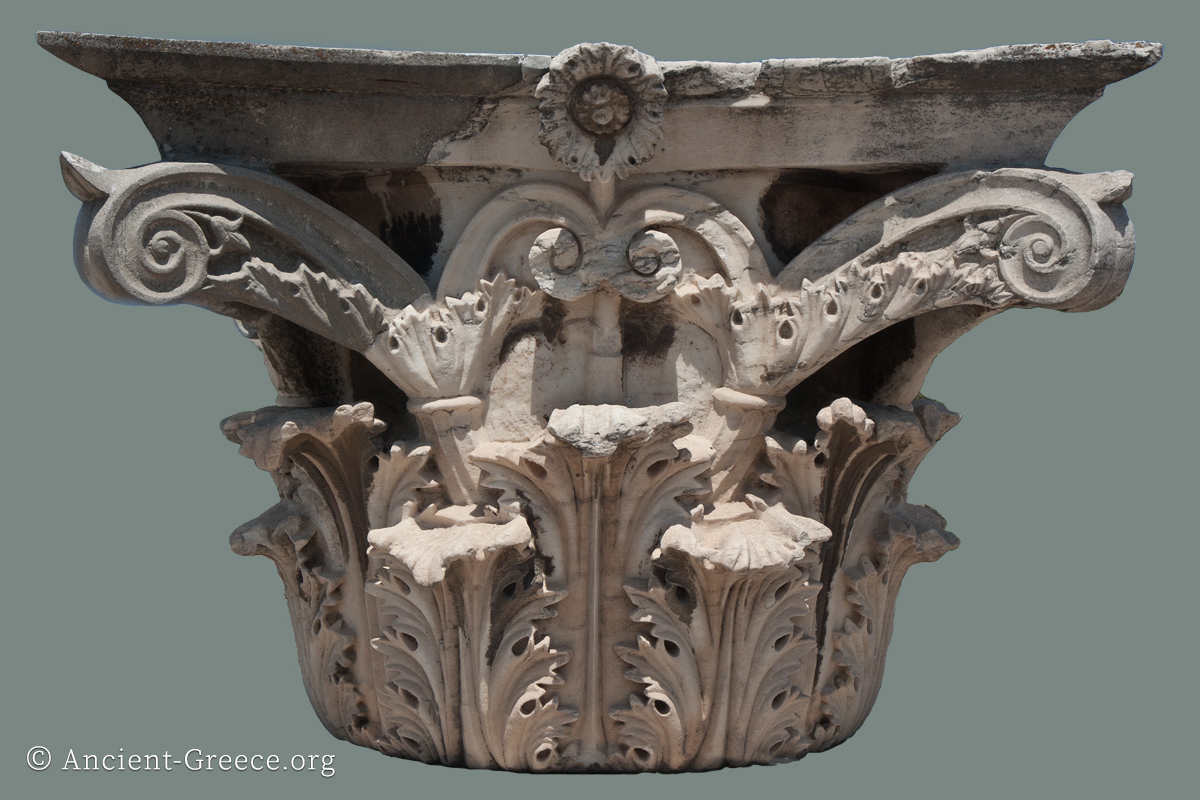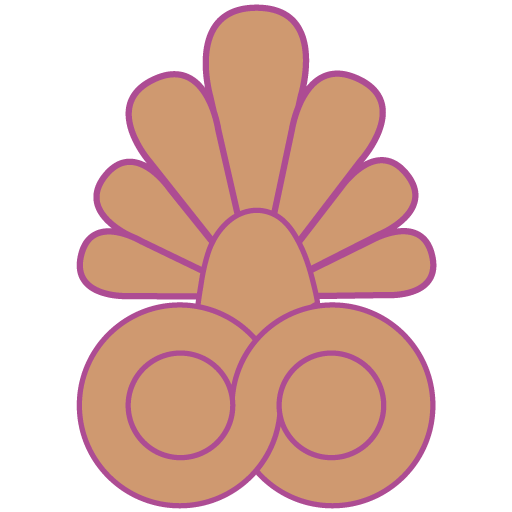
On this page:
Asclepius
Ἀσκληπιός (Asclepius) was one of the earliest men to experiment in healing, and if he were mortal, it is thought that he was raised to divine status when he gained a cult of followers in the 5th century BC—some sources even claim he was the son of Apollo.
Asclepius is always depicted with two snakes coiling a staff. The snake symbolized rejuvenation in ancient Mediterranean cultures and the mystic stories of Asclepius granted him the ability to understand these snakes as they instructed him in the cause of ailments. This ‘Asclepian staff’ has in modern times become the ubiquitous symbol of medicine.
From: Berens, E.M. The Myths and Legends of Ancient Greece and Rome. New York: Maynard, Merril, & Co., 1880. Text in the public domain:
As the temperate heat of the sun exercises so invigorating an effect on man and animals, and promotes the growth of those medicinal herbs and vegetable productions necessary for the cure of diseases, Phoebus-Apollo was supposed to possess the power of restoring life and health; hence he was regarded as the god of healing; but this feature in his character we shall find more particularly developed in his son Asclepius (Æsculapius), the veritable god of the healing art.
Coronis left an infant son named Asclepius, who afterwards became god of medicine. His powers were so extraordinary that he could not only cure the sick, but could even restore the dead to life.
At last Aïdes complained to Zeus that the number of shades conducted to his dominions was daily decreasing, and the great ruler of Olympus, fearing that mankind, thus protected against sickness and death, would be able to defy the gods themselves, killed Asclepius with one of his thunderbolts.
The loss of his highly gifted son so exasperated Apollo that, being unable to vent his anger on Zeus, he destroyed the Cyclops, who had forged the fatal thunderbolts.
For this offence, Apollo would have been banished by Zeus to Tartarus, but at the earnest intercession of Leto he partially relented, and contented himself with depriving him of all power and dignity, and imposing on him a temporary servitude in the house of Admetus, king of Thessaly.
Asclepias
ASCLEPIAS (ÆSCULAPIUS). Asclepias, the god of the healing art, was the son of Apollo and the nymph Coronis. He was educated by the noble Centaur Chiron, who instructed him in all knowledge, but more especially in that of the properties of herbs. Asclepias searched out the hidden powers of plants, and discovered cures for the various diseases which afflict the human body. He brought his art to such perfection, that he not only succeeded in warding off death, but also restored the dead to life. It was popularly believed that he was materially assisted in his wonderful cures by the blood of the Medusa, given to him by Pallas-Athene.
It is well to observe that the shrines of this divinity, which were usually built in healthy places, on hills outside the town, or near wells which were believed to have healing powers, offered at the same time means of cure for the sick and suffering, thus combining religious with sanitary influences. It was the custom for the sufferer to sleep in the temple, when, if he had been earnest in his devotions, Asclepias appeared to him in a dream, and revealed the means to be employed for the cure of his malady. On the walls of these temples were hung tablets, inscribed by the different pilgrims with the particulars of their maladies, the remedies practiced, and the cures {177} worked by the god:–a custom undoubtedly productive of most beneficial results.
His usual attributes are a staff, a bowl, a bunch of herbs, a pineapple, a dog, and a serpent.
Groves, temples, and altars were dedicated to Asclepias in many parts of Greece, but Epidaurus, the chief seat of his worship,–where, indeed, it is said to have originated,–contained his principal temple, which served at the same time as a hospital. The statue of Asclepias in the temple at Epidaurus was formed of ivory and gold, and represented him as an old man with a full beard, leaning on a staff round which a serpent is climbing. The serpent was the distinguishing symbol of this divinity, partly because these reptiles were greatly used by the ancients in the cure of diseases, and partly also because all the prudence and wisdom of the serpent were deemed indispensable to the judicious physician.
Children
His children inherited, for the most part, the distinguished talents of their father. Two of his sons, Machaon and Podalirius, accompanied Agamemnon to the Trojan war, in which expedition they became renowned, not only as military heroes, but also as skilful physicians.
Their sisters, HYGEIA (health), and PANACEA (all-healing), had temples dedicated to them, and received divine honours.
The function of Hygeia was to maintain the health of the community, which great blessing was supposed to be brought by her as a direct and beneficent gift from the gods.
Æsculapius
The worship of Æsculapius was introduced into Rome from Epidaurus, whence the statue of the god of healing {178} was brought at the time of a great pestilence. Grateful for their deliverance from this plague, the Romans erected a temple in his honour, on an island near the mouth of the Tiber.

